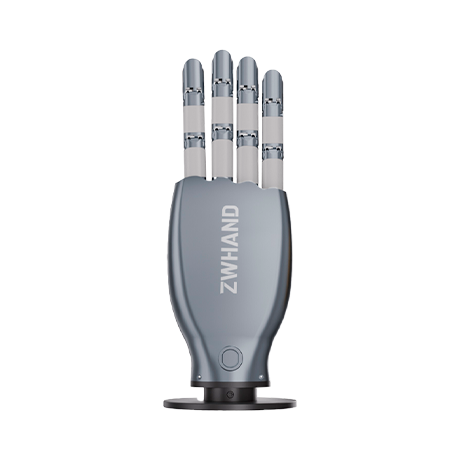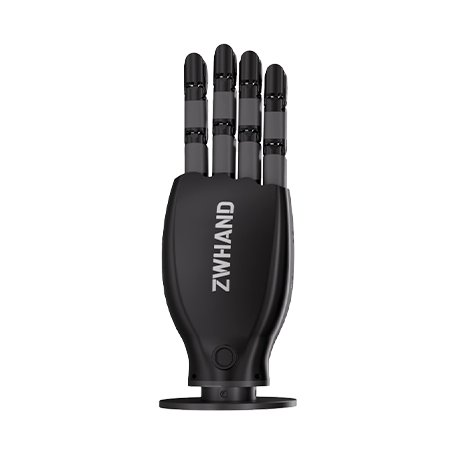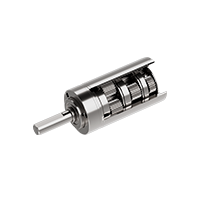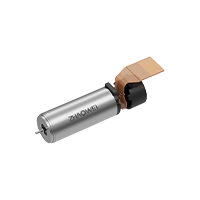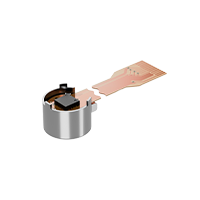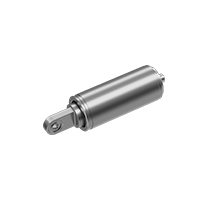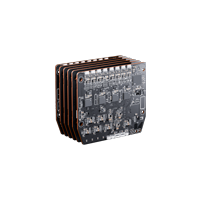The Secrets of ZWHAND’s Degrees of Freedom Behind Flexible Grasping

——Decoding the High-DOF Fully Driven Design of ZWHAND
In recent years, as humanoid robots have increasingly penetrated fields such as industrial manufacturing and rehabilitation medicine, the role of dexterous hands as their “operational core” has become ever more prominent. Compared with traditional end-effectors, anthropomorphic five-fingered dexterous hands offer greater versatility and human-like manipulation capabilities, making them suitable for more complex and delicate tasks.
As a long-standing innovator in micro-drive systems, ZWHAND has leveraged years of expertise in gearboxes, motors, and control systems to develop its self-designed fully direct-drive dexterous hand. The product features precise construction, highly responsive performance, and outstanding capabilities in flexibility, force control, and operational stability. Its advanced design with 17 active degrees of freedom makes it stand out in the industry.
What Are “Degrees of Freedom”? Why Are They So Important?
In the design of dexterous hands, “degrees of freedom” are often used to measure the complexity and human-likeness of hand movements. The human hand has 27 natural DOF, enabling us to perform highly complex actions such as opening bottle caps, tying knots, writing, or carrying a suitcase.
Enabled by its self-developed highly integrated drive modules, ZWHAND achieves 17 active DOF (expandable to 20), bringing it significantly closer to the flexibility of a human hand and far surpassing the mainstream 12-DOF solutions on the market. This means each finger has multiple independent joint control units, enabling smoother coordination between fingers and palm, and supporting a wider variety of refined grasping postures and deformation trajectories. Compared to typical underactuated designs, ZWHAND’s fully driven structure delivers stronger active control—every motion is powered by its own actuator, without relying on passive following, ensuring precision and controllability.
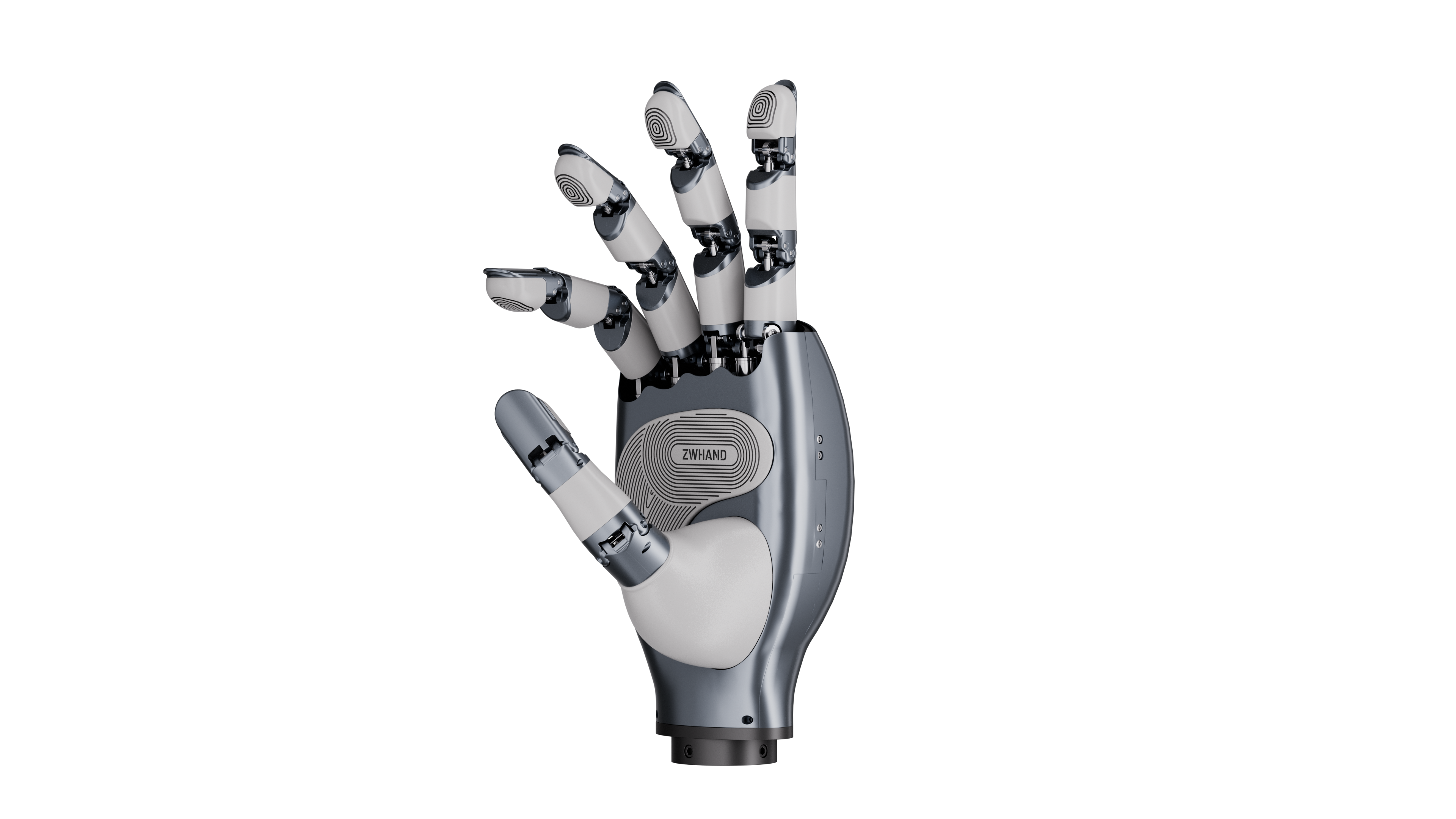
High DOF: How Does It Enable Flexible Grasping?
Based on its high-DOF architecture, ZWHAND adopts a human-like skeletal structure and joint connection system. Each finger joint is driven by ZWHAND’s self-developed miniature motor and gearbox module, enabling precise simulation of human hand movements. For example, it can delicately pick up tiny objects such as coins or pills, while also stably grasping large items weighing over 1,000 g. This is made possible by its strong single-finger load capacity, combined with coordinated control algorithms, allowing it to seamlessly switch between grasping modes—from “gentle pinching” to “firm gripping”—with one hand.
The Dexterous Hand’s “Hidden Abilities”: Integration of Control, Execution, and Perception
Beyond mechanical structure, ZWHAND also excels in control logic and execution feedback:
- High-Precision Control: With self-developed control algorithms and driver chips, ZWHAND achieves motion repeatability of ±0.2 mm, performing the same task with precision multiple times.
- Fast Response & Low Latency: Thanks to its direct-drive architecture, the hand delivers shorter response times and higher control bandwidth, enhancing operational smoothness.
- High Sensory Sensitivity: Equipped with flexible electronic skin with a Shore hardness of 10A (close to human tissue), it provides excellent comfort and safety. Its multimodal sensing integrates normal and tangential force detection, with force sensitivity up to 0.02 N/cm². High sampling rates and scan frequencies of up to 100 Hz allow real-time monitoring of tactile data dynamics.


